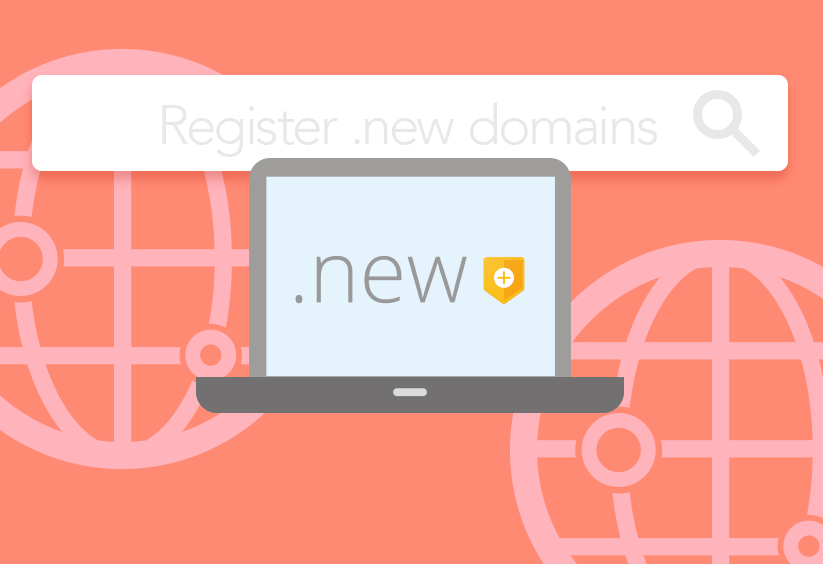Cart Total
$0.00
-
Your shopping cart is empty
Loading

Hello! Log in Your Account
New customer? Start here


|
5 min read
Contents
Quick Summary
Ever wondered how you'd go about buying a domain name? Find your answers here.
Today, with easy drag-and-drop website creation services like Wix and Squarespace, anybody can create a website. So, if you have a great idea for a business or service that you want to set up online, there has never been a better time to do it.
If you want to stand out from the crowd, though, stepping away from this beaten path is recommended. After all, in business you acquire your edge over the competition by doing what they are unwilling to. If shouldering the extra financial burden of having a website custom-built (or even learning to code and building one yourself) isn’t an idea that makes you baulk, then you’re probably also interested in having a domain name that makes you stand out.
To learn more about domains, read our dedicated posts on how domain names work and what domain names are.
Domain names can be bought through a registrar. In the hierarchy of domain names, the head governing body, ICANN, sits at the top with a number of registries/registry operators below and the registrars (who have day-to-day dealings with end-customers) like Yay.com sit below them.
Each registry is responsible for keeping a database of all domain names registered associated with its ‘Top Level Domain’, or TLD, which is the ‘.com’ or ‘.uk’ portion of the URL.
To buy a domain name, you’ll need to visit the website of a registrar of your choosing, conduct a domain name search, and register the domain name you’re looking for. The price of the domain name you choose is largely dependent on the price of the TLD. TLDs have prices that rarely change, though they may fluctuate marginally due to changes in foreign exchange rates or through a rare adjustment the registry has seen fit to make. Some registrars have a list of domains that they consider ‘premium’ which, for reasons of their own, they have decided it is fair to charge higher prices for.
When a registrar registers a domain name with a TLD registry operator on behalf of a customer, the registrar will communicate its name servers to them. So, if someone purchases www.example.com from us at Yay.com (a registrar), we would provide the .com TLD’s registry operator (Verisign) with our name servers or, if the customer specifies that they would prefer to use different name servers, we will provide the name servers specified by the customer. Any request to the .com TLD name servers will then have a record of the authoritative name servers we have supplied, which will then pull our data to fulfil any search request for www.example.com’s IP address.
The two main types of domain name extensions are gTLDs and ccTLDs.
The term gTLD stands for 'Generic Top Level Domain' and an example of a GTLD would be a '.com' or '.net' domain extension. A ccTLD is also known as a 'Country Code Top Level Domain' and examples of these would be '.uk' or '.de' domain extensions.
A ccTLD is typically used to indicate that the website content or service is targeted towards a particular country. In contrast, a gTLD indicates that the service or content hosted at the web address is more generalised and not geared to a specific location.
Some existing gTLDs are even focussed towards professions or hobbies, for example '.accountant' or '.photography' domains.
'Sponsored Top Level Domains' or an sTLD is a category of domain name extension that is backed by a particular sponsor and is designated for use by specific types of organisations or individuals.
If you’d like a domain that is currently unavailable, you can open a domain backorder. Backordering domains essentially means asking your registrar to do their best to register that domain name for you the second it becomes available. This is by no means guaranteed, as any domain name worth its salt will attract competition and, therefore, customers from other registrars with backorders of their own.
Ownership of domain names happens on a lease-basis, so you’ll own a domain name for a set term and, at the end of this term, your ownership of the domain will expire if you do not choose to renew. At this point, the expired domain becomes available to purchase.
With Yay.com, backordering domains is a free service. You can open and cancel backorders free of charge. Usually, registrars who operate a domain backordering service will have in place an automatic domain monitoring system that automatically attempts to register those domains with backorders the second they become available. They should also communicate with you to keep you updated of the process, including days until the domain should expire, the success or failure of their attempt to register the domain for you and so on.
It is also possible to transfer domain names registered with one registrar over to another, for example, if you prefer the domain management platform of one provider over another, you may wish to transfer your domains across in order to take advantage of this better platform.
Once you’ve purchased your domain name, you’re free to transfer it to another registrar, host the name servers with another provider, to hold it without doing anything with it or to begin hosting a website on it.
Now that you know how to buy a domain name you can experience the process first hand by performing a domain name registration with Yay.com.


Subdomains are useful for dividing up the topology of your site for best user experience, testing new branches of your site and more.
Posted July 12 2021 | 5 min

.New domains. Learn all about Google's .new domain name. Register with Yay.com who are one of few approved domain registrars!
Revised May 6 2021 | 5 min

Use Yay.com's domain name availability checker tool to search for, find and identify newly available domains in bulk.
Posted March 9 2021 | 4 min

Learn what a domain name is and the difference between a domain name and a website.
Posted November 13 2020 | 4 min

Interested in how domain names and web searches work? We demystify some of the terminology to give you a stronger grasp on the process.
Revised November 13 2020 | 4 min

Domainers with thousands of domains need tools powerful enough to make their business manageable. Enter Yay.com's domain management platform.
Posted September 8 2020 | 7 min

Whether creating a business website or side project, check out our advice when building a secure online presence.
Posted October 30 2019 | 3 min